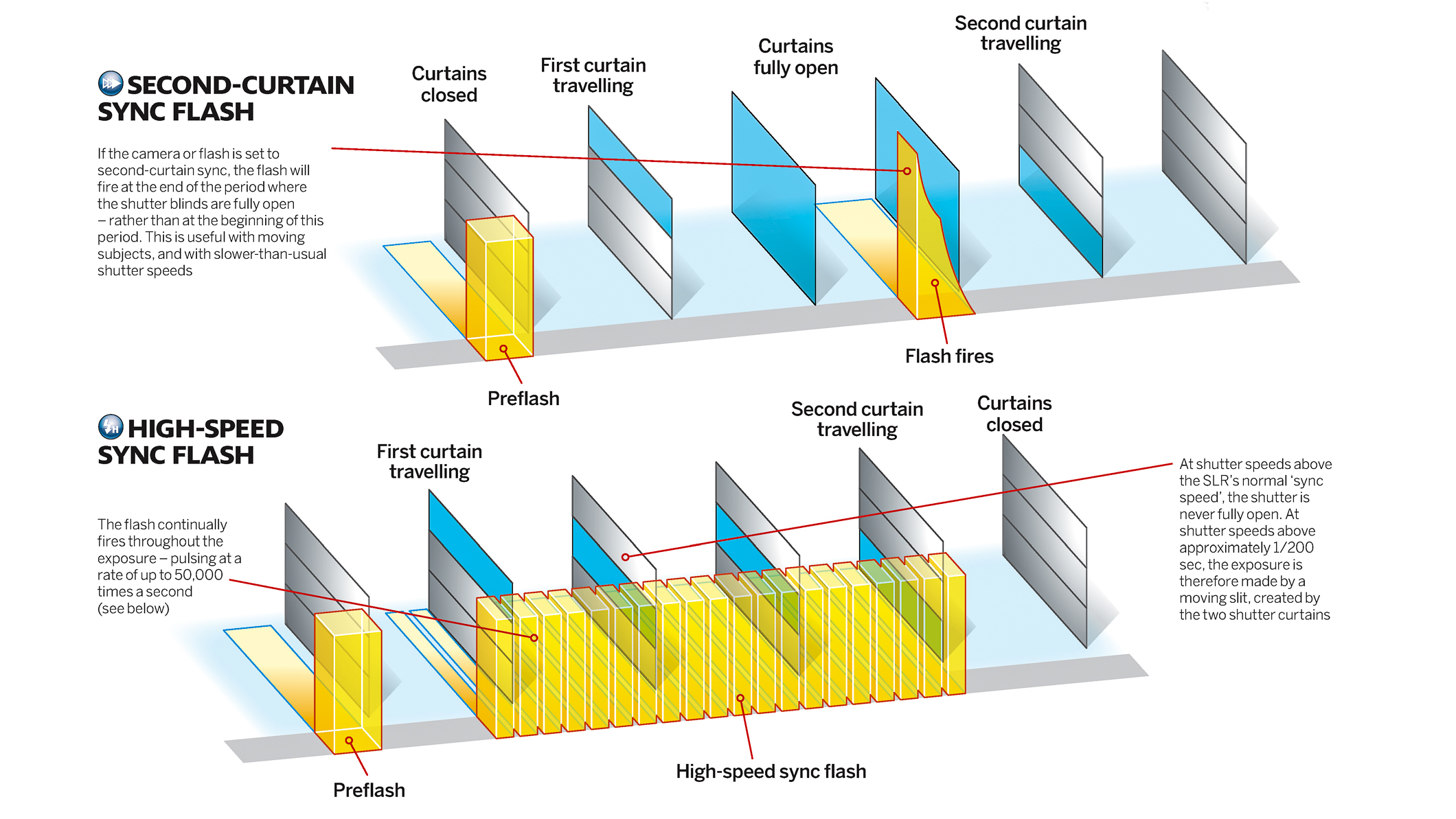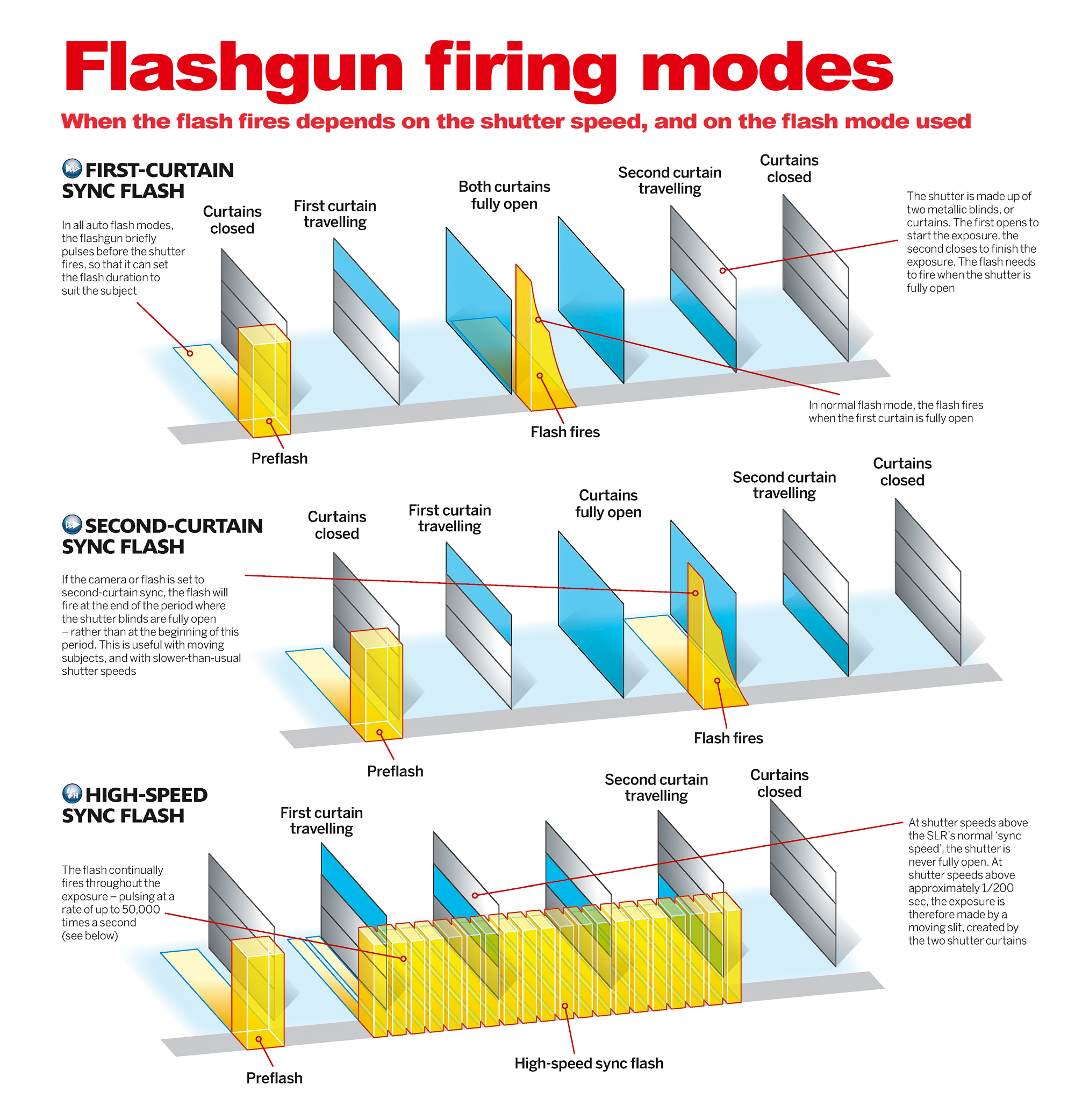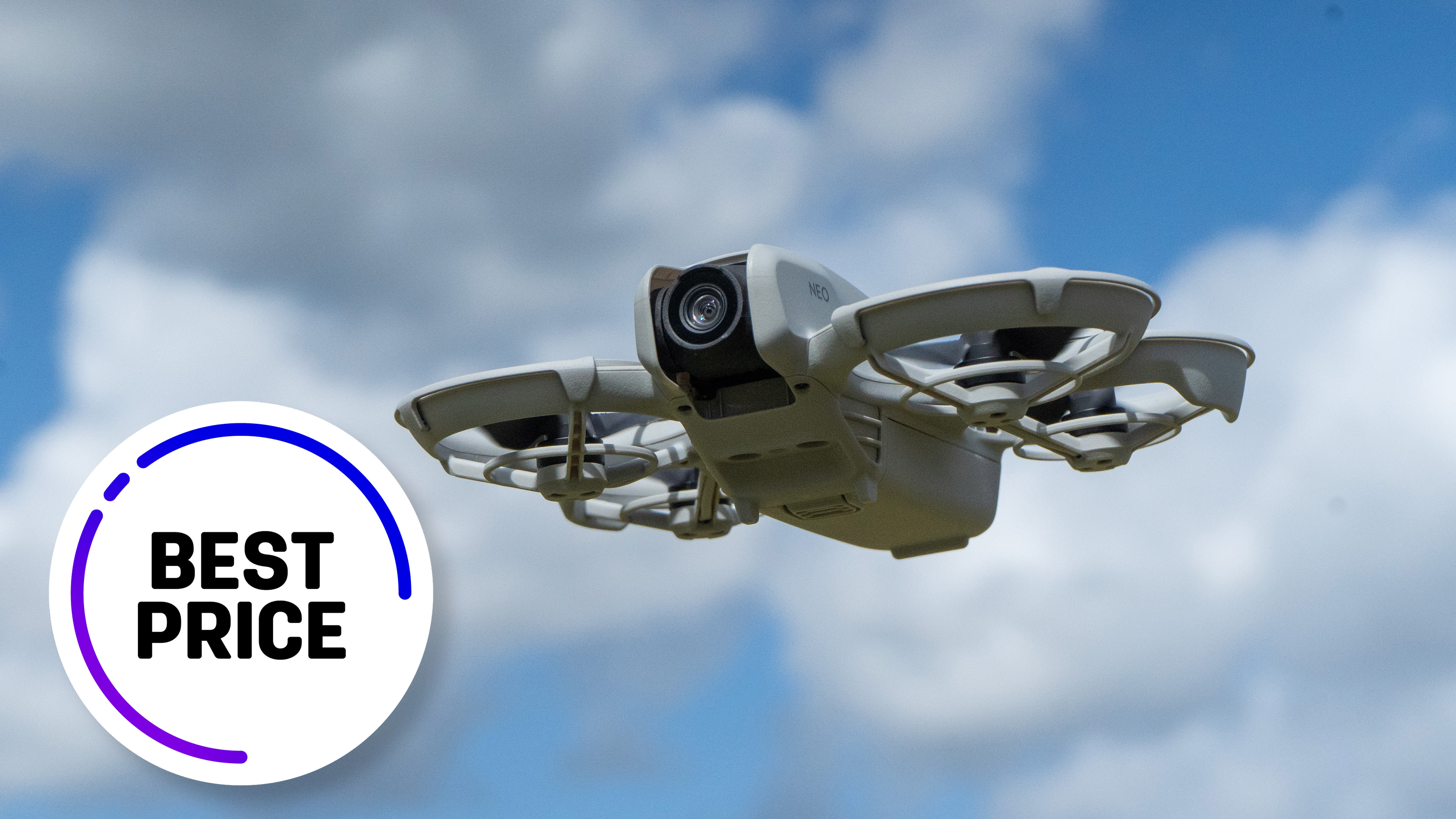Photography cheat sheet: flashgun synchronization modes explained
How high-speed synchronization and rear-curtain sync flash modes work, and when they are useful

There is a time and a place for flash. It will often kill the atmosphere at a party, so is best avoided. But conversely can be the essential ingredient for a successful shot – in daylight or in the dark. The secret to success is to use the built-in flash on digital cameras with caution. The key to getting good results is often a matter of exposure – ensuring you use settings that make the flash look as natural as possible.
Using flash adds an extra complication to the usual problems of exposure. You not only have to judiciously choose the shutter speed and the aperture and set the ISO to suit the occasion, the flash power must also be fed simultaneously into the exposure equation.
Interestingly, the shutter speed is often not a significant factor in the flash exposure calculation. The way that the ‘focal plane’ shutter of most mirrorless and DSLR cameras works means that you do not have the full range of your camera’s shutter speeds on offer anyway. In normal flash modes, you need to ensure that the shutter speed is set at or below the ‘sync speed’ for your camera - typically around 1/200 sec or 1/250 sec; if faster shutter speeds are used then part of the image will be obscured by the falling shutter curtain.
• Photography cheat sheet: How to understand ISO settings
• Photography cheat sheet: color temperature & the Kelvin scale

High speed synchronization
The HSS (high speed synchronization) facility found on some flashguns allows you to use shutter speeds faster than the usual sync speed. This feature allows you to use apertures that are wider than those usually available with flash, and still get the background properly exposed. This is particularly useful for outdoor portraits, as you can use fast lenses wide open to completely blur the background.
At shutter speeds above the camera's normal ‘sync speed’, the shutter is never fully open. At shutter speeds above around 1/200 sec, the exposure is therefore made by a moving slit, created by the two shutter curtains. The in the HSS flash mode the flash continually fires throughout the exposure – pulsing at a rate of up to 50,000 times a second. Be warned that the faster the shutter speed you use, the lower the effective power of the flash becomes.
Rear curtain synchronization
With normal flash, the flash fires as soon as the shutter is fully open. But when the shutter speed is slower than usual, this can lead to some peculiar results when shooting moving subjects. Blurred lines created by the ambient light appear in front of the subject, which look particularly out of place if the subject is moving in a straight line. A more natural effect, with the blurred ghost image appearing behind the subject, is achieved if the built-in or hotshoe flash is set to second-curtain sync (aka rear curtain sync). In this mode, the flash fires just before the shutter begins to close.
Read more
• More photography cheat sheets
• More photography tips
Get the Digital Camera World Newsletter
The best camera deals, reviews, product advice, and unmissable photography news, direct to your inbox!
Chris George has worked on Digital Camera World since its launch in 2017. He has been writing about photography, mobile phones, video making and technology for over 30 years – and has edited numerous magazines including PhotoPlus, N-Photo, Digital Camera, Video Camera, and Professional Photography.
His first serious camera was the iconic Olympus OM10, with which he won the title of Young Photographer of the Year - long before the advent of autofocus and memory cards. Today he uses a Nikon D800, a Fujifilm X-T1, a Sony A7, and his iPhone 15 Pro Max.
He has written about technology for countless publications and websites including The Sunday Times Magazine, The Daily Telegraph, Dorling Kindersley, What Cellphone, T3 and Techradar.

